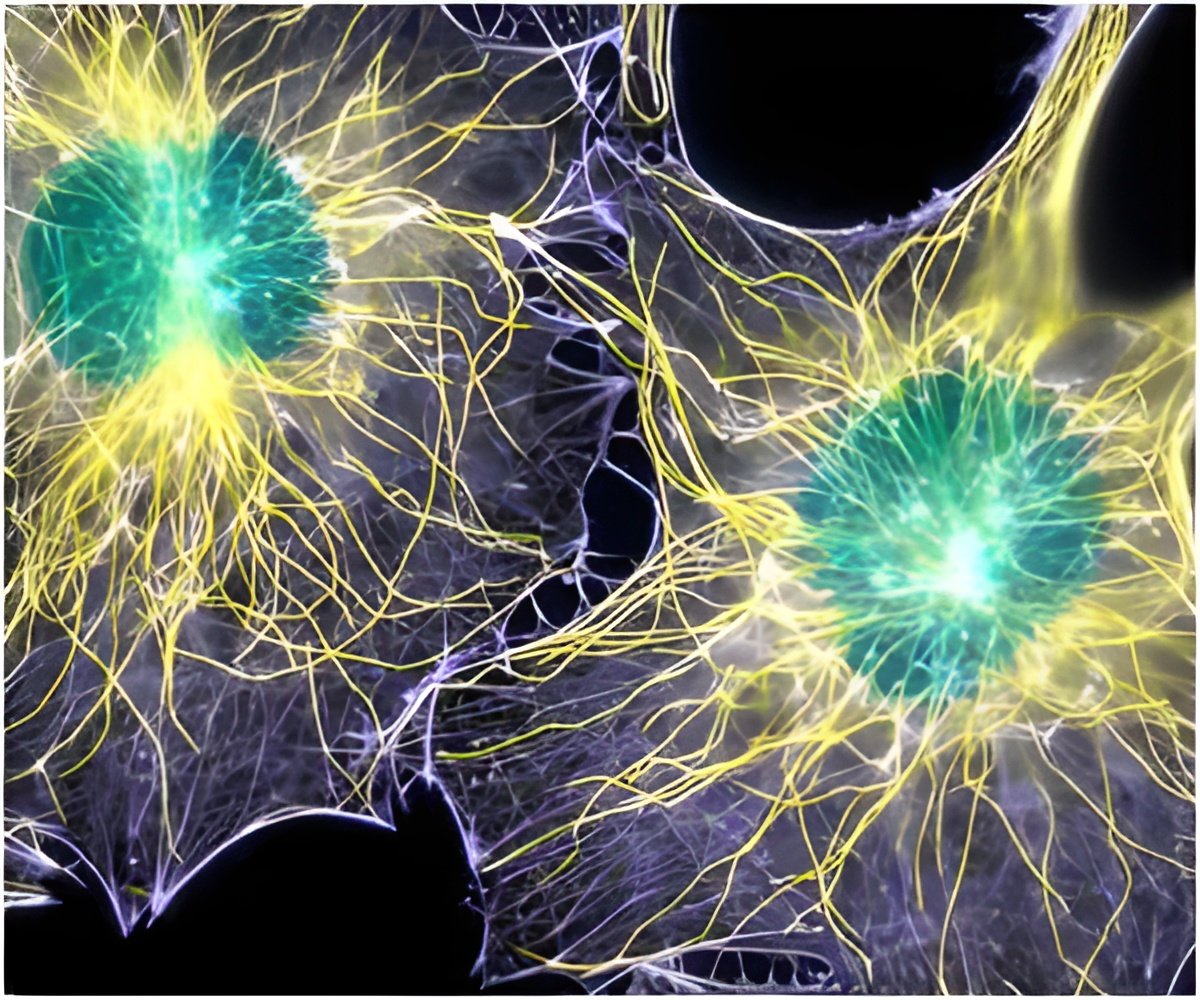A cellular protein that acts as a receptor for Ebola virus and Marburg virus has been identified by a team of scientists.

"This is the first receptor identified for Ebola and Marburg viruses," Wendy Maury, Ph.D., associate professor of microbiology at the University of Iowa Roy J. and Lucille A. Carver College of Medicine and senior study author, said.
"That's important because if you can identify and understand the first step in infection - how the virus enters cells - then perhaps you can prevent the infection by nipping it in the bud," she said.
Ebola and Marburg viruses cause hemorrhagic fever in humans and other primates. For some strains, infection can lead to death in 50 to 90 percent of cases, and there is no cure or effective treatment.
The multidisciplinary team used a new bioinformatics-based approach, developed by John Chiorini at NIDCR, to identify a protein called TIM-1 as a receptor for Ebola and Marburg viruses.
Subsequent experiments proved that both Ebola and Marburg viruses use TIM-1 is a receptor for infecting cells.
Advertisement
Maury noted that these locations are consistent with some of the ways the Ebola virus is thought to be transmitted-inhalation of aerosolised droplets and hand-to-eye contact.
Advertisement
Finally, work performed by Robert Davey, Ph.D., in a BSL-4 lab (the highest level of biocontainment) at University of Texas Medical Branch verified that the ARD5 antibody blocks infection by infectious Zaire Ebola Virus in cells that express the TIM-1 protein.
The results suggest that being able to block Ebola's entry into epithelial cells, perhaps with a human-compatible version of the ARD5 antibody, might provide a way to prevent initial infection and potentially limit the spread of the disease during an outbreak.
Importantly, the study found that TIM-1 protein is not expressed on all the cell types infected by Ebola and Marburg.
"It's clear that there are other receptors for Ebola because while TIM-1 is found on a number of epithelial cells in the body, it is not found on some important cell types that are infected by Ebola," Maury said.
"Ultimately, epithelial cells are not as important a target for the virus as some other cell types, but they may be the first entry point for Ebola, so they may provide a conduit that allows Ebola access to those other cells within the body," she added.
The findings have been published online on May 2 in the Proceedings of the National Academy of Sciences Early Edition.
Source-ANI













